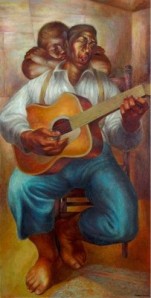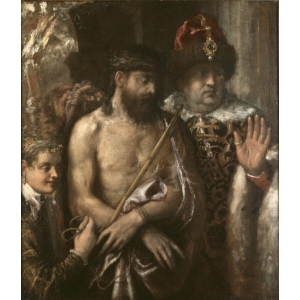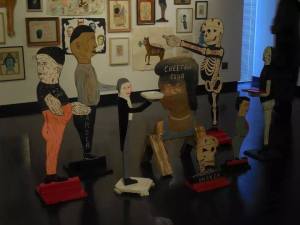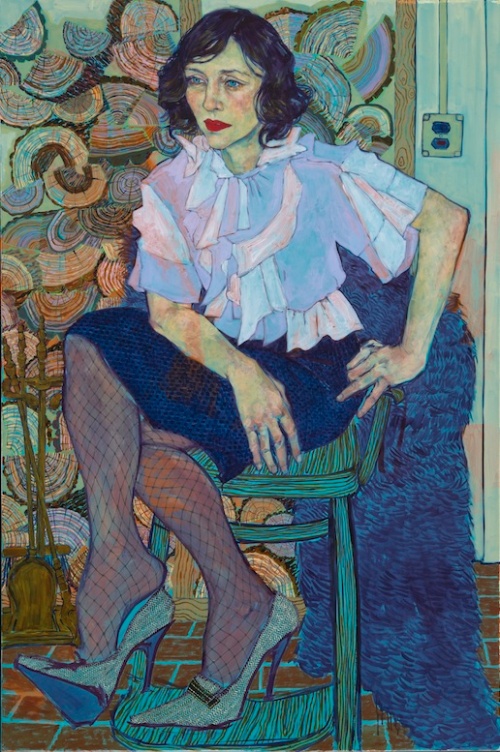Rebecca Solnit’s Men Explain Things to Me is my favorite read of the year so far. I borrowed it from the library, so I’ve been typing quotes and thoughts into a word document for reflection. This blog has a particular focus, and there are a few pages that talk about art writing in a way that I think syncs with the approach toward discussing art on the internet we’ve tried to maintain here. Not to try to divert any attention from what Solnit’s book is saying about a larger social realm, more trying to incorporate some of the wisdom and questioning into a clearer standard for myself here. These are some choice quotes from the chapter titled “Woolf’s Darkness”.
” I used to joke that museums love artists the way that taxidermists love deer, and something of that desire to secure, to stabilize, to render certain and definite the open-ended, nebulous, and adventurous work of artists is present in many who work in that confinement sometimes called the art world…”
“There is a kind of counter-criticism that seeks to expand the work of art, by connecting, opening up its meanings, inviting in the possibilities. A great work of criticism can liberate a work of art, to be seen fully, to remain alive, to engage in a conversation that will not ever end but will instead keep feeding the imagination. Not against interpretation, but against confinement, against killing the spirit.”
“My own task these past twenty years or so of living by words has been to try to find or make a language to describe the subtleties, the incalculables, the pleasures and meanings–impossible to categorize–at the heart of things. My friend Chip Ward speaks of ‘the tyranny of the quantifiable,’ of the way what can be measured almost always takes precedence over what cannot: private profit over public good; speed and efficiency over enjoyment and quality; the utilitarian over the mysteries and meanings that are of greater use to our survival and to more than our survival, to lives that have some purpose and value that survive beyond us to make a civilization worth having.”







